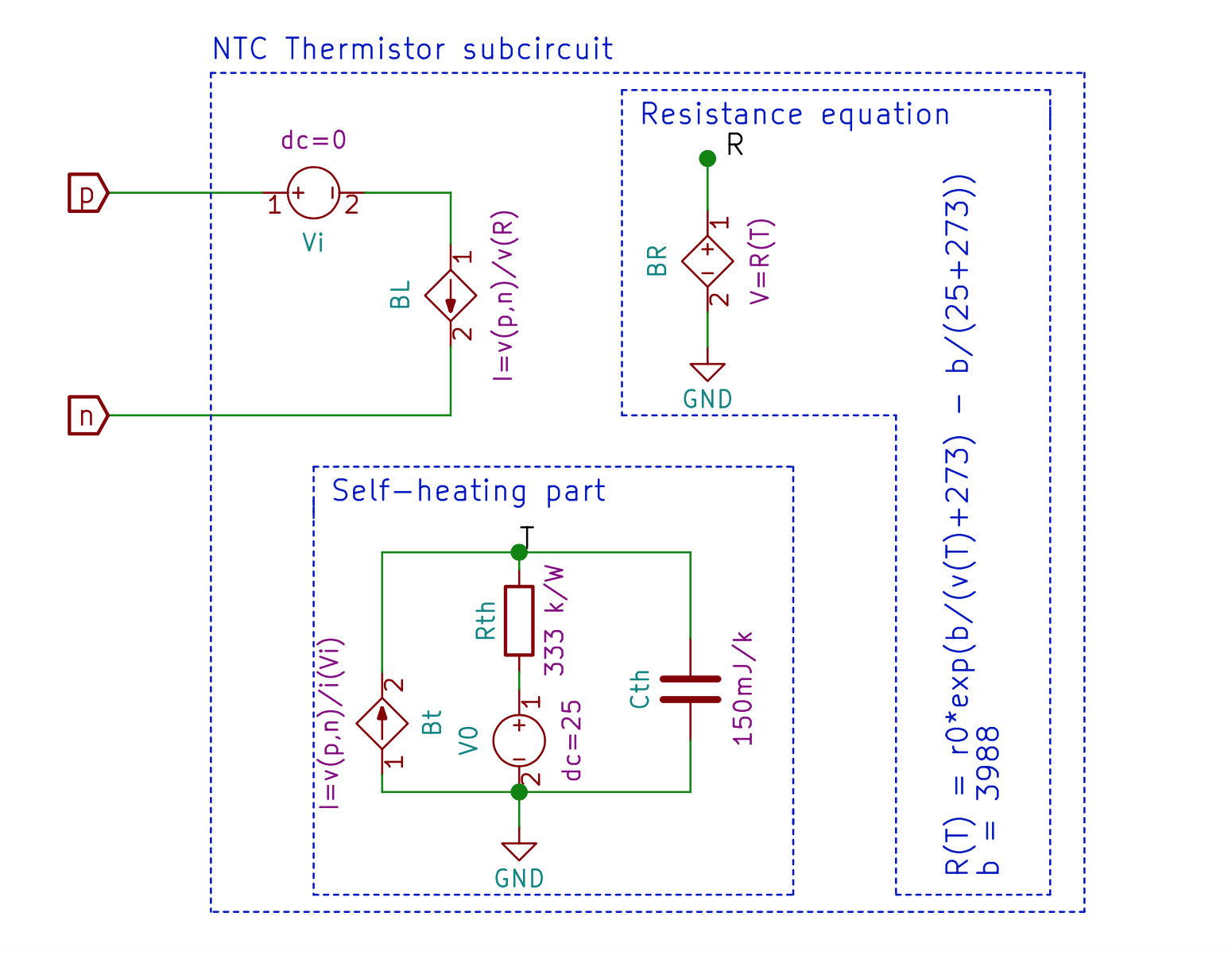Circuit Analysis and Optimization
International Course

Integrated MOS Amplifier
1st Laboratory Session ~4 meetings
Integrated MOS amplifiers are probably the most common and highly important devices in majority of analog- or mixed-signal integrated circuits. Wherever analog signals are in place, an OPAMP (OPerational AMPlifier) plays key rule in amplifying, filtering, and further signal processing. In this session, you will learn how to use SpiceOPUS to simulate the overall electrical behaviour of such circuit, including operating point, DC charasteristics (differential gain, common mode gain), AC charasteristics (gain, phase, bandwidth, margins), transient - time-domain characteristics and noise. As a professional analog circuit designer, you will probably use methods of this session on a regular basis.

Transmission Lines, Atennuators, Sub-circuits
2nd Laboratory Session ~1 meeting
Transmission lines are a kind of specialized cables or similar structures, designed to transmit high-frequency signals (let it be a radio/TV transmitter/receiver or high-speed computer data bus, such as USB). Those are signals which wave-length is already shorter than the length of a transmission line, therefore its wave nature must be taken into account. This leads to a new class of design challenges. Engineering such a signal line, SpiceOPUS comes in handy again. Spice can model the behavior of such a transmission line. We will use this tool to analyze the signal propagation and design a reflection-less transmission line.

Modelling non-electric properties
3rd Laboratory Session ~1 meeting
A thermistor is a special type of resistor whose resistance is very temperature dependent (THERMal - resISTOR). Thermistors are used in various ways such as temperature sensors, inrush current limiters and self-resetting overcurrent protectors. Electrical power dissipated on thermistor heats up the device and thus changes its electrical properties (resistance). In thermistor Spice model, the temperature has to be modelled by some electrical value, e.g. voltage. We will inspect a thermistor model with build-in temperature modeling. We will simulate a thermistor circuit and analyse its properties.

Tunnel diode Oscillator
4rd Laboratory Session ~1 meeting
Oscillator is an electronic circuit that produces an oscillating electronic signal. Oscillators are widely used in radio and television signal broadcasting, regulating computer clocks and sound producing. In this session we will simulate a behaviour of an oscillator, based on tunnel diode. This is a special type of semiconductor, capable of very fast switching. We will learn to setup SPICE in order to fully simulate such an oscillator.

Circuit Optimization
5th Laboratory Session ~3 meetings
In the final laboratory session we will learn how to setup and use some sort of artificial intelligence to optimize the performance of a circuit. PyOPUS is one of Python libraries for simulation, performance aggregation and optimization. It was written particularly for circuit optimization, but can be used for various systems. No former Python experience is needed to understand this course.
About the course
This is a compulsory course in the 1. semester of the Master’s degree curriculum “Electronics”. The aim is to introduce students to the theoretical background of analog circuit simulation. The course also involves laboratory work in the advanced field of circuit simulation and optimization with SPICE OPUS.
Required knowledge
Basics of Electromagnetics Physics Mathematics I, II, III Basics of Programming
